
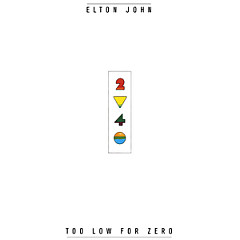
"I Guess That's Why They Call It The Blues" by Elton John was written for the sister of actress Rene Russo. Bernie Taupin, who wrote the lyrics, was married to Rene's sister, Toni.
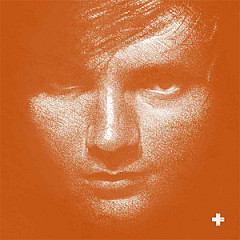
Ed Sheeran's first single was "The A Team," a song about a drug-addicted prostitute.
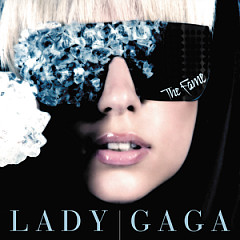
"Just Dance" was Lady Gaga's first hit, and it also brought the techno-synth sound that had been popular in Europe for the previous decade to the United States.
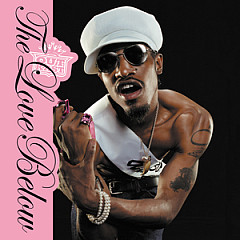
Andre 3000 played all the instruments on Outkast's "Hey Ya" except bass. Aaron Mills from Cameo played that.

Train wrote the 2011 song "Brand New Book" for the TV show The Biggest Loser - part of the song was used in the opening credits.

Florida Georgia Line's "Cruise" spent 24 weeks on top of the country chart- the most ever until Sam Hunt's "Body Like a Back Road" was #1 for 34 weeks. The record was previously held by Eddy Arnold's "I'll Hold You in My Heart (1947-48), Hank Snow's "I'm Moving On" (1950-51) and Webb Pierce's "In the Jailhouse Now" (1955), which each led for 21 weeks.

If the name Citizen Dick means anything to you, there's a chance you'll get some of these right.
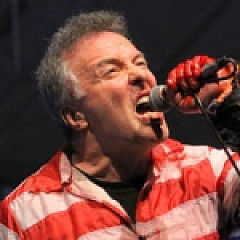
The former Dead Kennedys frontman on the past, present and future of the band, what music makes us "pliant and stupid," and what he learned from Alice Cooper.

10 Questions for the author of Precious Metal: Decibel Presents the Stories Behind 25 Extreme Metal Masterpieces
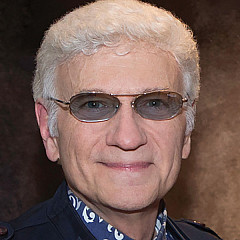
Dennis DeYoung explains why "Mr. Roboto" is the defining Styx song, and what the "gathering of angels" represents in "Come Sail Away."

On Glen's résumé: hit songwriter, Facebook dominator, and member of Styx.
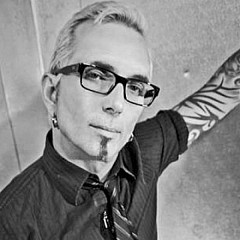
The lead singer of Everclear, Art is also their primary songwriter.